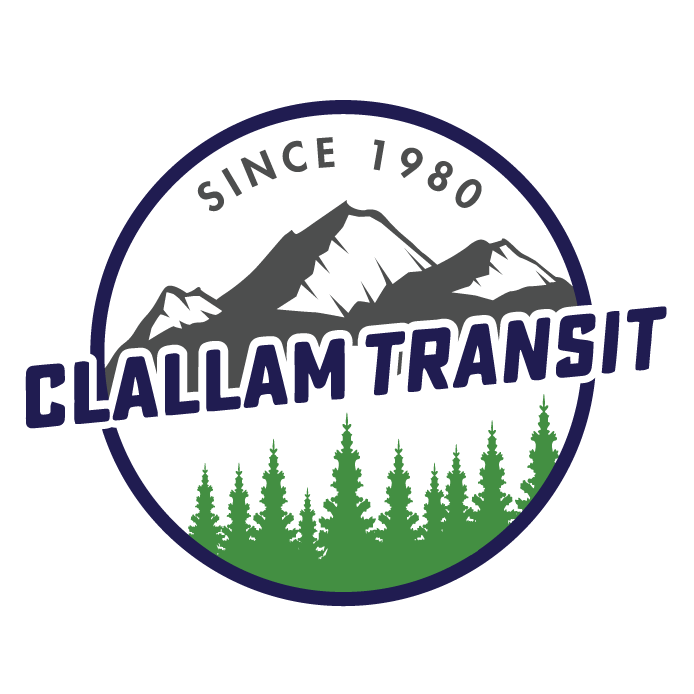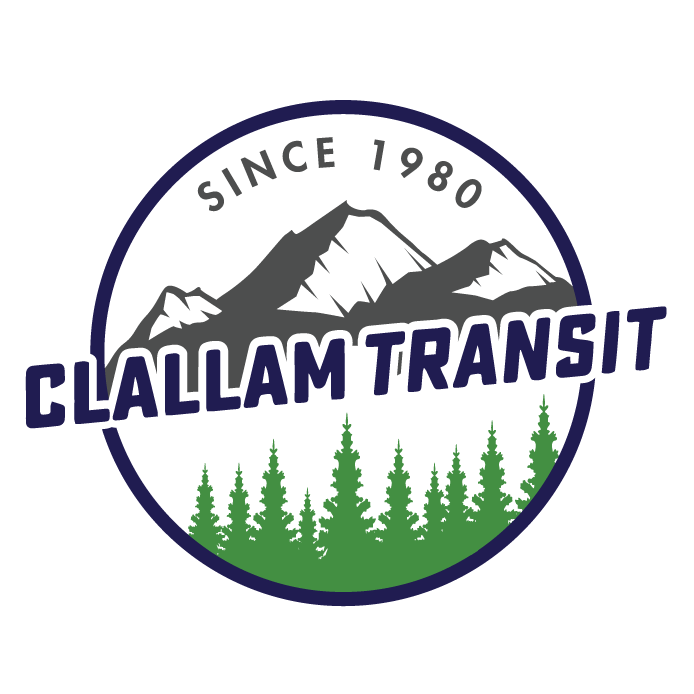TRANSIT ASSET MANAGEMENT PLAN (TAMP)
A Transit Asset Management Plan (TAMP) is a business model that uses the condition of assets to guide the optimal prioritization of funding at transit agencies in order to keep transit systems in a state of good repair (SGR). By implementing a TAMP, the benefits include:
- Improved transparency and accountability for safety, maintenance, asset use, and funding investments; Optimized capital investment and maintenance decisions;
- Data-driven maintenance decisions;
- System safety and performance outcomes.
The consequences of an asset not being in a SGR include:
- Safety risks(accidents per 100,000 revenue miles);
- Decreased system reliability(on-time performance);
- Higher maintenance costs;
- Lower system performance(missed runs due to breakdown).
TAMP Policy CTS has developed this TAMP to aide in:(1) assessment of the current condition of capital assets; (2) determine what condition and performance of its assets should be (if they are not currently in a state of good repair); (3) identify the unacceptable risks, including safety risks, in continuing to use an asset that is not in a state of good repair; and (4) deciding how to best balance and prioritize reasonably anticipated funds (revenues from all sources) towards improving asset condition and achieving a sufficient level of performance within those mean.



